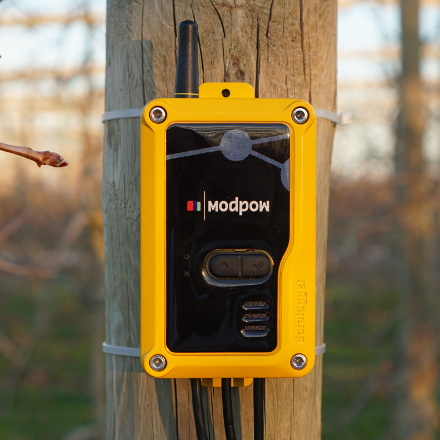
Soils and Irrigation Unit (associated to EEAD-CSIC)
Centre for Research and Agro-Food Technology in Aragon

Biochar is the product of thermal degradation of organic materials in the absence of oxygen (pyrolysis). This pyrogenic product has properties that make it an organic amendment suitable for improving the physical and chemical fertility of soil. The use of biochar dates back to 500-1500 a.C.,When the Brazilian aborigines of the Amazon incorporated it into soil, and it became the so-called Black Lands of the Indian.
Biochar, used as an amendment, provides the soil a high content of organic matter and therefore, the carbon. It creates a great porosity (both micro and macro porosity) that acts to favor the retention of available water (reducing leaching and surface runoff) and causes a lower tensile strength, allowing an easy seed germination, root exploration and movements of invertebrates. It also highlights the basic character of the biochar, which is capable of correcting to some degree the acidity of the soil substrate, and the high capacity of cation exchange with the ability to retain nutrients (especially in tropical climate soil) or to store heavy metals and even pesticides. Therefore, its usefulness in decontamination work has been studied.
The resistance to the decomposition of the ashes produced by pyrolysis in contrast to those obtained by the thermal degradation of the biomass in the presence of oxygen is four times greater, that is the reason it has relative potential of mitigation of the global heating. But it not only favors the mitigation through this carbon sequestration in soil, but also reduces CH4 and N2O emissions. This is due to the previous pyrolysis of the vegetal remains, avoiding emissions caused by the decomposition of biomass.
In spite of the described benefits derived from the incorporation of biochar to soil, there are also some disadvantages that are still little studied. In this regard, mention should be made of works that focus on the effect of the addition of soil organisms (change of the microbial community composition and abundance) and the modification in nutrient cycles, leading to a variation in the amount of mycorrhizal fungi with an indirect influence on soil structure and plant growth.
In respect of global warming mitigation, researchers have estimated that, with the production and application of biochar into soil, it could be reduced by 12% annual C-CO2 equivalents emissions. Other studies suggest that there are approximately 15*109 hectares of crops globally, so the application of biochar once every 10 years on this surface would capture CO2 equivalent to 0.65 GtC yr-1. This view is of great environmental importance because of the significant imbalance between the carbon released into the environment and the absorption by other compartments of the ecosystem leading to a continuous increase in the atmospheric concentration of CO2 equivalent to a rate of 4.1 GtC yr-1.
The characteristics of the biochar depend on the original material and the conditions under which it is subjected during pyrolysis (temperature, pressure or residence time of the vapor phase among others); Also, each soil is different in terms of the properties that define it and therefore, of the interaction between both, biochar applied to the soil, we can obtain multitude of combinations to study as they will offer very different results.
Let’s focus on two typical soils of the Middle Ebro Valley classified according to the WRB in the group of Gipsisols and Calcisols (soils with substantial secondary accumulation of gypsum and calcium carbonate, respectively), and in biochar from the pyrolysis of alperujo (residue from the production of olive oil) obtained at different temperatures (400, 500 and 600 °C) and at 1 or 10 atm pressure:
- The alperujo is a highly polluting byproduct of the agri-food industry which is revalued by eliminating its danger through its conversion to biochar.
- The pyrolysis pressure and temperature determine the predominant organic carbon fraction in the biochar (soluble, oxidizable or recalcitrant).
- The incorporation of biochar does not significantly modify these soils since the initial pH value of the substrate is more important than the pH value of the added biochar.
- By means of an incubation bioassay, a carbon storage is observed in the soils with biochar relative to the control soil. Over time, this addition involves a sequestration of CO2 with effect on the global warming mitigation of the planet.

This article is the result of the synthesis of the final grade work done at the Higher Polytechnic School of Huesca - Zaragoza University, under the tutelage of Professor Clara Martí i Dalmau.




